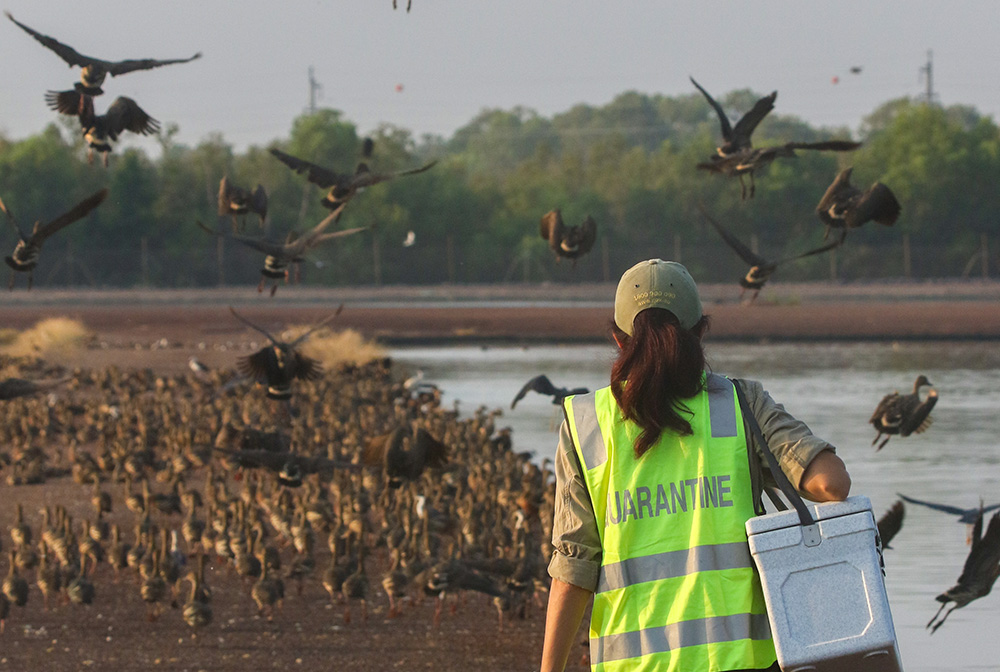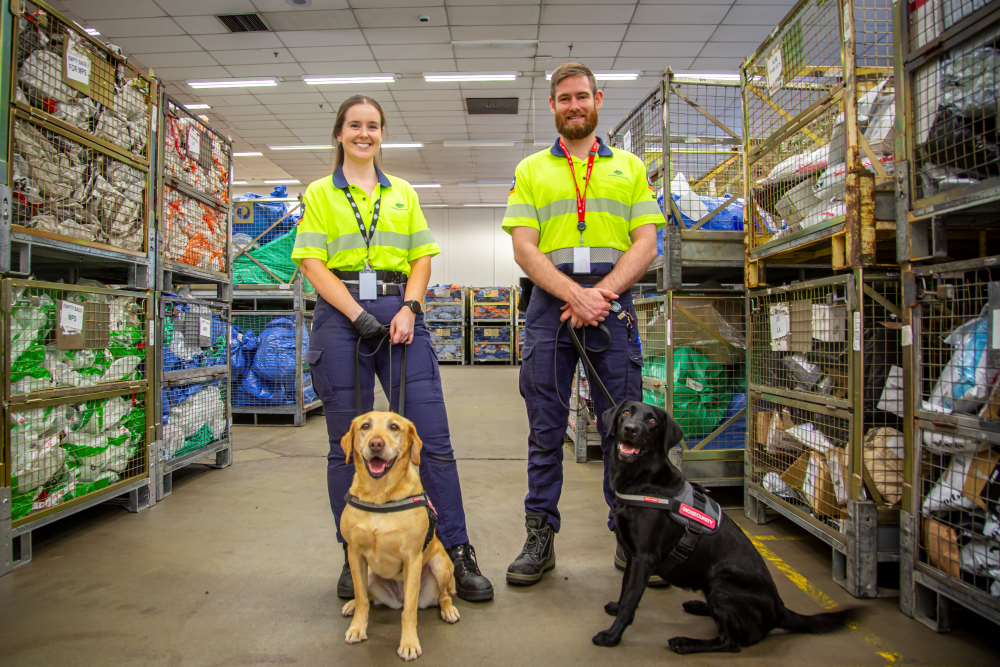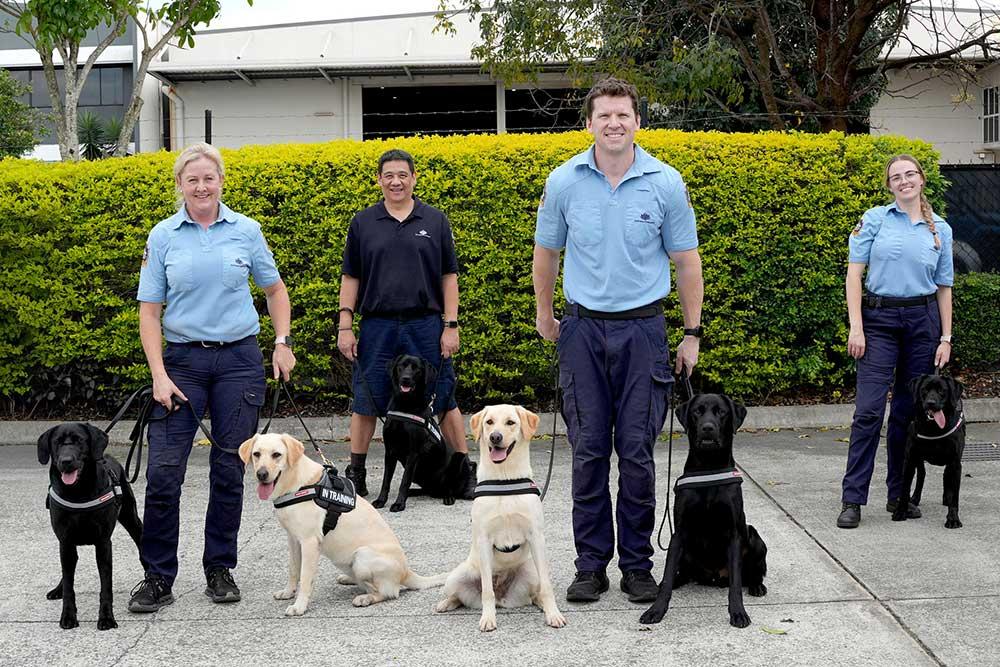To explore just how Australia would respond if high pathogenicity avian influenza (HPAI) H5 found its way to our shores, the department recently led a series of 3 scenario-based discussion exercises known as Exercise Volare.
Exercise Volare was an opportunity for senior leaders from Australian and jurisdictional governments across agriculture, environment, health and emergency management agencies, and key industry and non-government stakeholders to consider preparedness and response arrangements for this cross-sectoral disease threat.
A highly virulent strain of bird flu (H5N1 clade 2.3.4.4b) is spreading rapidly around the globe and is now found in every continent except Australia. The disease’s impact on Australia’s agriculture and economy would be significant, and the disease is also a threat to the environment given its ability to cause high mortality rates in wildlife, including some of our native bird and marine mammal species.
With many steps already taken to prepare for a possible HPAI H5 outbreak, this was an opportunity to test Australia’s biosecurity system for such a cross-sectoral threat requiring a whole of government, ‘One Health’ approach.
The exercise was managed by the Australian Government’s HPAI Preparedness Taskforce directly supported by Australia’s Chief Environmental Biosecurity Officer and Chief Veterinary Officer.
Dr Bertie Hennecke, Australia’s Chief Environmental Biosecurity Officer said running the exercise has demonstrated the importance of environmental biosecurity to protect our wildlife, agriculture and the general public.
“The exercise scenario centred on the most likely entry pathway, through migratory birds following the East Asian-Australasian Flyway. This has highlighted the direct links between the environment and the health of our animals and our communities,” said Dr Hennecke.
“Providing policy guidance and keeping our environmental biosecurity stakeholders informed is a key function of my office.”
Australia’s Chief Veterinary Officer, Dr Beth Cookson noted that Australia is renowned for having an enviable animal health status, supported by our robust approach to biosecurity. However, the global spread of diseases via the natural movement of migratory birds is not something we can control, and it is essential to remain vigilant and prepared.
“The past years have seen unprecedented global spread and cases of HPAI H5 with significant impacts on the poultry industries and ecologically important wildlife populations abroad. In the face of the dynamic disease landscape, we must continually strive to test and refine our biosecurity response and preparedness.” said Dr Cookson.
“Exercise Volare is an excellent example of our commitment to maintaining our national status through a One Health approach that recognises the connection between animal, environmental and human health and the need for collaboration between the sectors. Biosecurity is a shared responsibility and together we can ensure optimal preparedness.”
A national webinar is scheduled for 4 October 2024 which will bring together the learnings and outcomes from Exercise Volare and will be open for all interested parties. To register your interest, visit Humanitix Exercise Volare webinar: strengthening Australia’s preparedness for high pathogenic avian influenza
Learn more about Exercise Volare.
If you notice any unusual signs of disease or mass mortalities in domesticated birds, wild birds or other wildlife, contact the Emergency Animal Disease Hotline on 1800 675 888 immediately.




